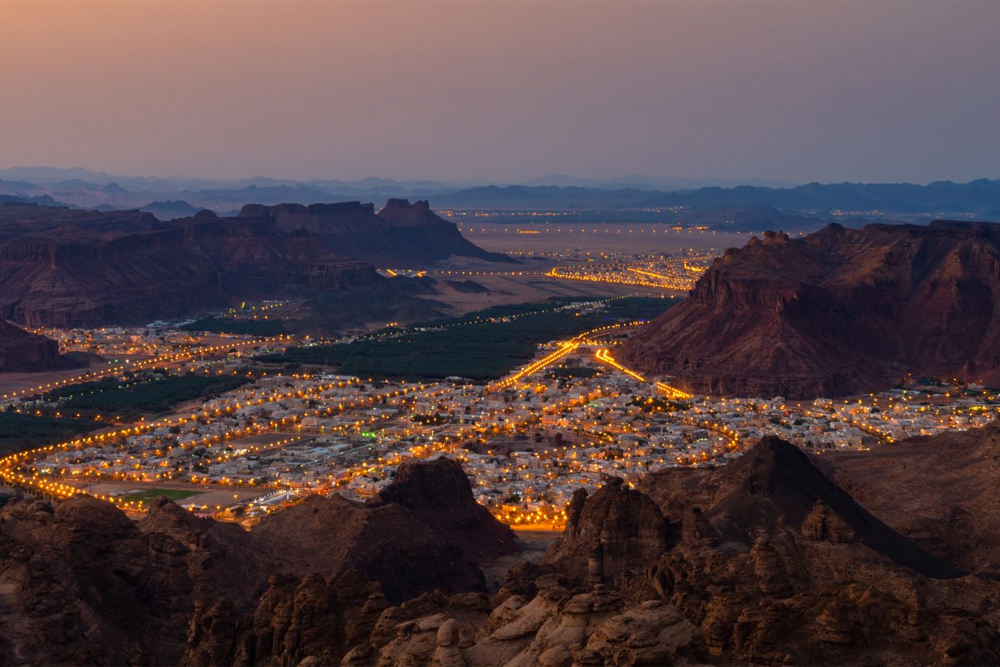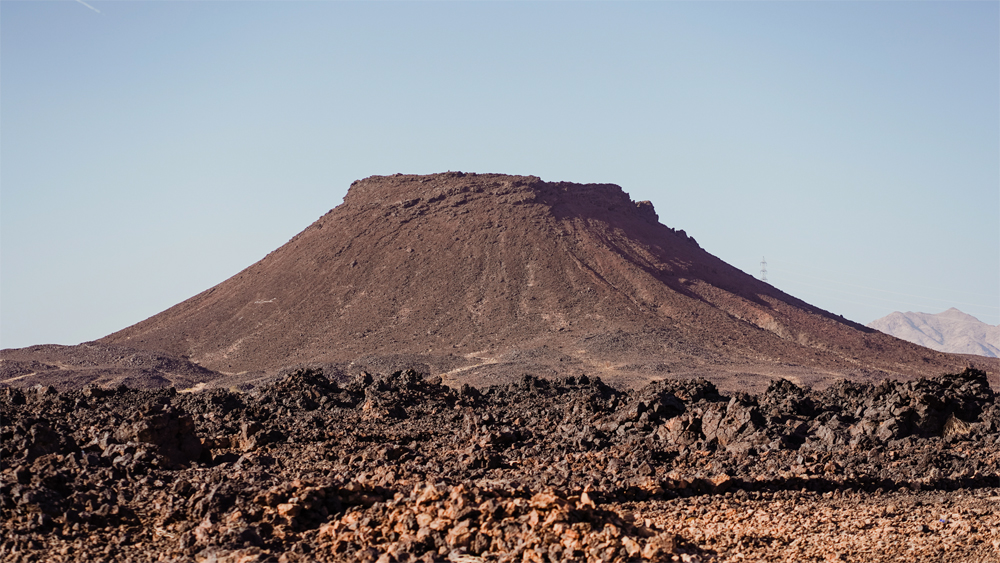
Saudi Arabia's Harrat Uwayrid Reserve has become the second site in the Kingdom to become part of UNESCO's Man and the Biosphere Program (MAB), following the inclusion of the nation’s iconic Farasan Islands. This is part of ongoing efforts to promote mankind's relationship with the environment, and is in line with Saudi Arabia’s different efforts to improve quality of life and protect future generations, such as its Saudi Green Initiative.
UNESCO’s MAB is an intergovernmental scientific program aiming to combine the natural and social sciences with a view to improving human livelihoods, while safeguarding natural and managed ecosystems. Hence, it seeks to enable individuals to achieve economic development with emphasis on local cultures and environmental sustainability.

Situated in the northwestern region of AlUla, the site is home to 19 endangered species, including the iconic Arabian leopards and gazelles. Simultaneously, it is a natural habitat to 43 species of birds, 8 species of prey, and 55 species of rare plants. Harrat Uwayrid Reserve is considered the largest of five reserves currently in AlUla, which sits on the Quaternary volcanic fields south of Tabuk. Indeed, its terrain is a unique one, home to many scoria cones (known as the most common type of volcano), tuff cones, and lava fields.
Indeed, it is no wonder Harrat Uwayrid Reserve makes a suitable candidate to be part of UNESCO's MAB Program. After meeting all necessary requirements, the site's inclusion in the program was announced during UNESCO's 34th meeting this week, which, according to documents filed about the reserve, also factored in ancient human activities within the area.

















